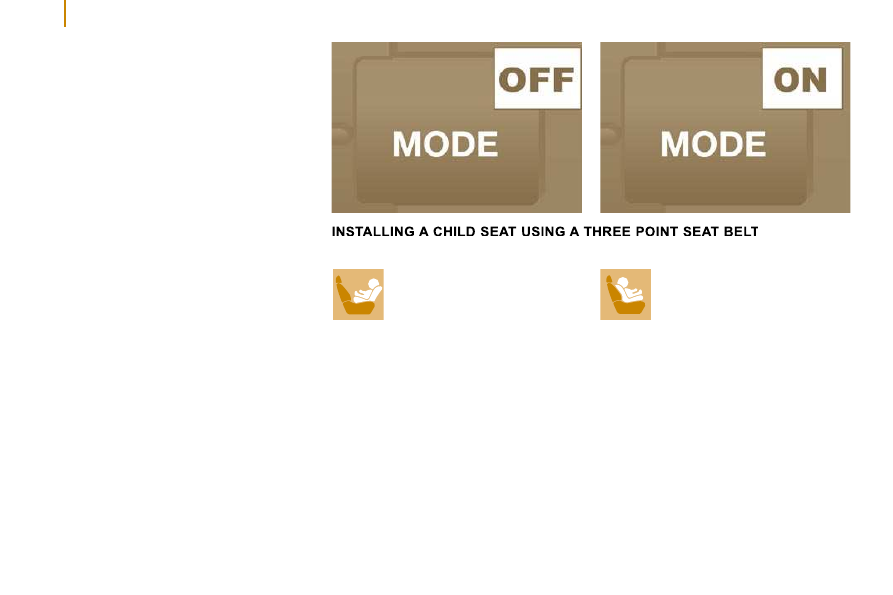Peugeot Boxer Dag (2010 year). Instruction - part 8

Child safety
1
1
2
GENERAL POINTS RELATING TO
CHILD SEATS
Although one of PEUGEOT's main criteria
when designing your vehicle, the safety of
your children also depends on you.
For maximum safety, please follow these
precautions:
-
all children under the age of 12 or less
than one metre fifty tall must travel in
approved child seats suited to their
weight, on seats fitted with a seat belt or
ISOFIX mountings.
-
statistically, the safest seats in your
vehicle for carrying children are the rear
seats,
-
a child weighing less than 9 kg must
travel in the "rearwards-facing" position
both in the front and in the rear,
-
the passenger must not travel with a
child on their lap.
"Rearwards-facing"
Recommended on the rear seats
up to the age of 2.
When a "rearwards-facing" child
seat is installed on the front passenger seat,
it is essential that the passenger airbag is
deactivated. Otherwise, the child would risk
being seriously injured or killed if the airbag
were to inflate.
"Forwards-facing"
Recommended on the rear seats
over the age of 2.
When a "forwards-facing" child
seat is installed on the front passenger seat,
leave the passenger airbag activated.